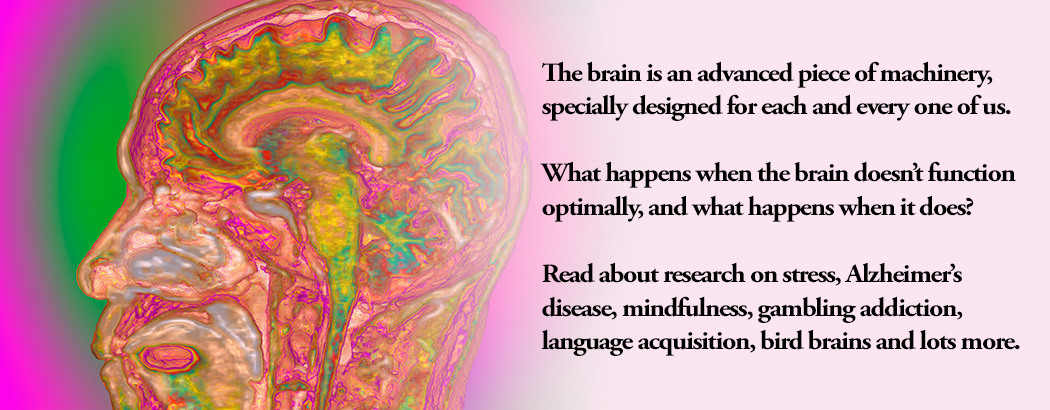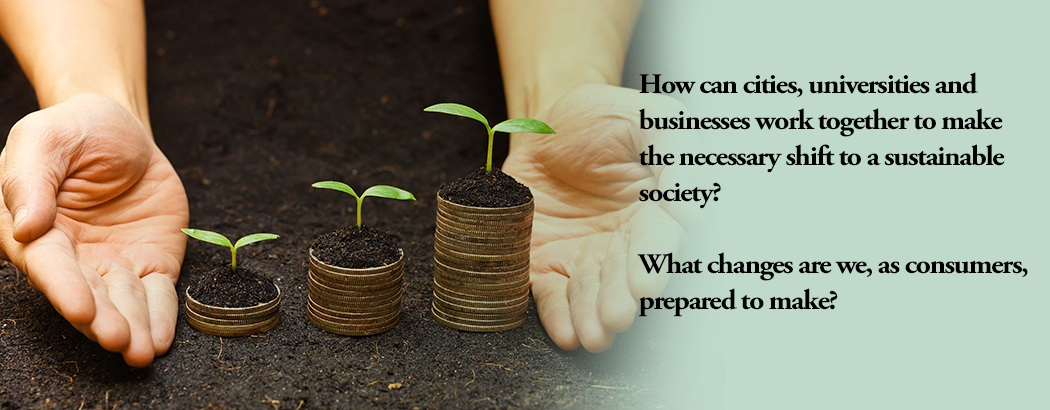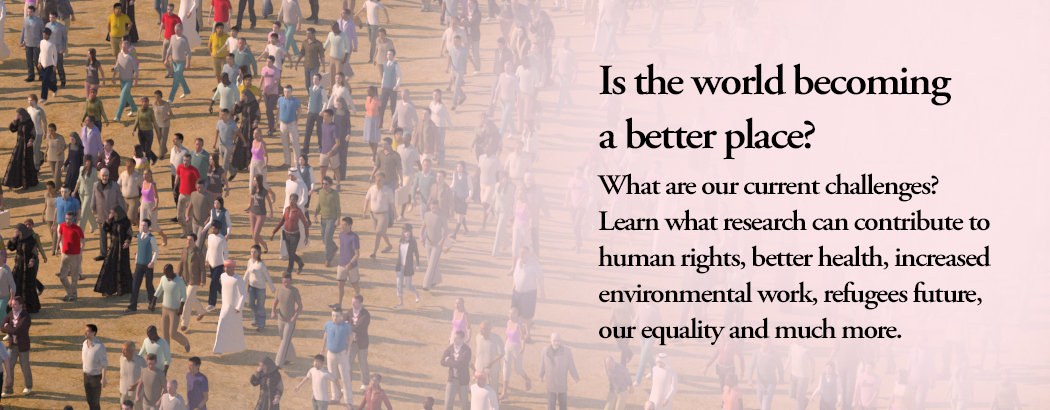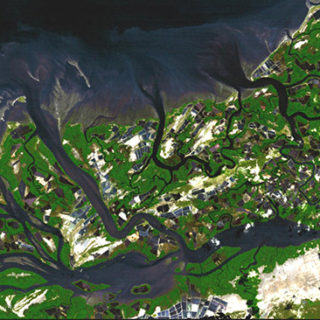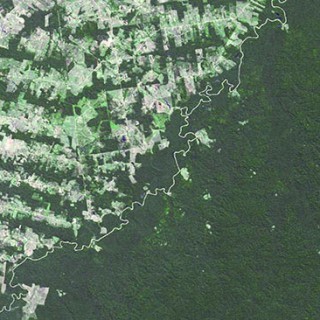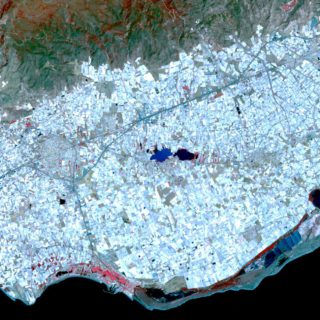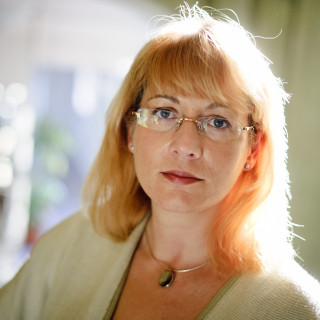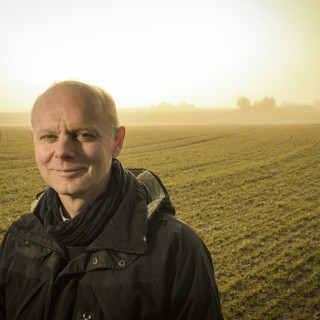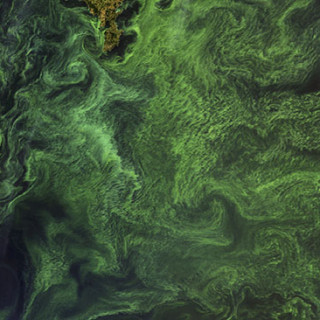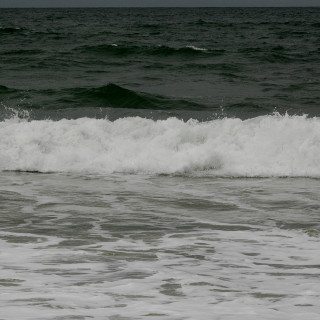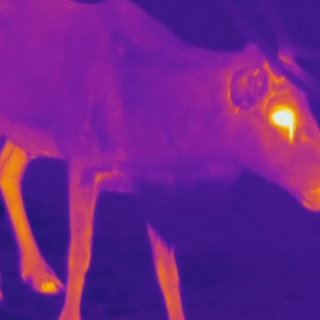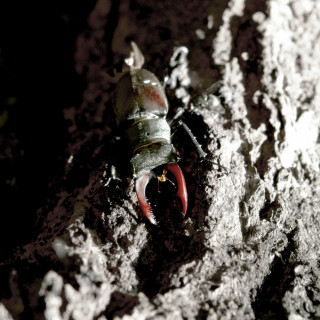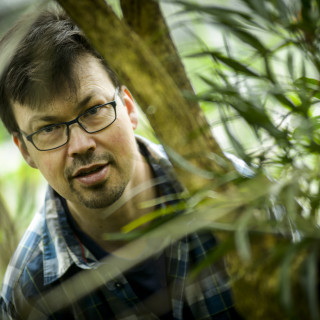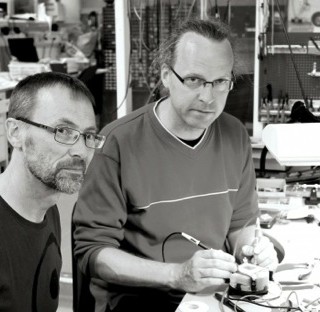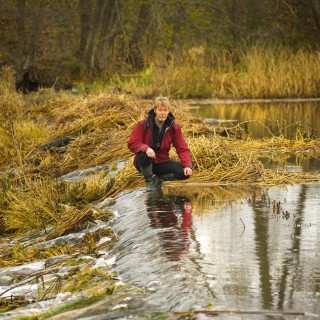Category: Environment & nature
After the sun has set and darkness falls, our eyes can no longer see in color. The reason for this is that the cells responsible for color vision, the cones, need a certain amount of light to function. In our eyes, and in the eyes of other vertebrates, there are...
Different species of birds see the world in different ways as a result of their different lifestyles. Birds that are active during the day, do not have to worry about getting enough light to see where they´re going. Instead they prioritize high detail and color. Compared to humans, Budgies and...
In many parts of the world, areas of mangrove forest are being transformed into ponds to rear prawns for food and sale. One example is the west coast of Ecuador, south of Guayaquil. The photograph from 1991 (image 1) shows a coastal region where 143 km2 of low-lying coastal land...
The river visible on the image forms the border between the western Brazilian province of Acre (left), and the north-western Bolivian departement of Pando (right). The difference in land use is striking. Brazil has opened up this part of the rainforest to agriculture, predominantly cattle farming, which creates a herringbone...
Around the town of El Ejido, roughly 30 kilometres south-west of the city of Almeria, a sea of white plastic greenhouses is visible. In the past, this region of south-eastern Spain was dry and undisturbed, but since the 1980s it has been home to the highest concentration of greenhouses in...
Do you try to live sustainably and reduce your environmental footprint? Are you concerned about our impact on the environment and the earth’s finite resources? If so, you perhaps wish it was easier to make the right choice of goods and services and that society was better adapted to enable...
Opinion by Håkan Wallander, Professor of Soil Biology and Environmental Science, Lund University 2014 If we divide the earth’s cultivable land between all its inhabitants, each person gets just 2 000 m2. How can we change the way we live so that there is enough space for everyone? In the...
The exploitation of the earth over the past hundred years, in combination with climate change, is leaving its mark in the sediment in the depths of the sea, in the form of dead seabeds. When the researchers look deeper down into the sediment, it emerges that periods of oxygen depletion...
Dead zones in the Baltic Sea have grown to ten times their size over the last 115 years, according to a major study involving Lund University researchers. Together with an international team of scientists, Professor Daniel Conley at Lund University found that the ‘dead zone’ has grown from about 5,000...


